Why Sugar is not our Friend & Never Will Be
Whether it’s natural sugar, like raw honey, or processed sugar, like high fructose corn syrup, sugar is extremely bad for all of us.
Because it is easy to acquire large amounts of and quickly stored as unused energy, or fat, sugar feeds inflammation, many chronic diseases, and weight gain.
Kicking the habit can be very difficult. Prepare yourself by reading the not so sweet facts about how sugar has your number.
The Many Forms of Sugar
Sucrose, glucose, and fructose are simple sugars. Although they all provide the same amount of energy per gram, each form of sugar is processed differently in the body.
Sucrose, also known as table sugar, is a disaccharide because it is made of two sugar molecules linked together (50 percent glucose and 50 percent fructose). When sucrose is consumed, the body breaks down the molecule into glucose and fructose and sends them to the areas needed in order to be synthesized.
Glucose and fructose are monosaccharides, meaning they are the most basic unit of carbohydrates. Glucose is the most important monosaccharide, as it is the body’s preferred energy source. It circulates in the bloodstream in the form of blood sugar and waits for enzymes to pair with for metabolism. Glucose is either used immediately as fuel or stored in the liver or fat cells for later.
Fructose is not the preferred energy source for the brain or the muscles because it has a different metabolism process. It is only metabolized in the liver and is more fat-producing then glucose. Unlike glucose, which requires insulin for metabolism, fructose does not stimulate insulin or leptin (a hormone that controls appetite) production, meaning that it is not readily available to be used as energy. Therefore, fructose is mainly stored as fat.
Are You Gonna Eat That?
Sugar has two bad things going for it: it is addictive and it lacks fiber. Fiber tells us when we are getting full. It also slows down digestion. Without it, we are able to consume copious amounts of sugar.
Daily sugar intake releases dopamine (a feel-good hormone) in the brain. According to an animal study conducted on the addiction of sugar, rats can become sugar dependant complete with withdrawal symptoms. Sugar addiction may be more prominent than cocaine. At the neurobiological level, the neural substrates of sugar appear to be more robust than those of cocaine (Ahmen et al, 2013).
Diseases Associated with Sugar Intake
Sugar addiction is associated with inflammation and many chronic diseases, especially obesity and diabetes. Regardless of genetics and environmental influences, overeating is the main cause of obesity. Because sugar does not contain any nutrients to tell us when to stop eating, it is easy to over consume. Sugar is also easy to eat because it gives us momentarily satisfaction; it makes us feel good when we eat it.
Inflammation is the underlying cause of all chronic diseases. Sugar intake is associated with an increased production of proinflammatory cytokines and a reduced production of anti-inflammatory cytokines.
Diseases associated with sugar intake are; slower metabolism, high cholesterol, heart disease, fatty-liver disease, hypertension, obesity, autoimmune disease, and gout.
Debunking “Natural” Sugar
It is hard not to be tricked into thinking some sugars are better for you than others. Raw honey may be a better choice than high fructose corn syrup but your body still recognizes it as sugar. When evaluating sugar, the important thing to look at is fructose levels. The following is a list of nine natural sugars and their fructose content:
Agave nectar: 56-97%
High fructose corn syrup: 42-90%
Tapioca syrup: 55%
Table sugar/cane sugar/ beet sugar: 50%
Honey: 38-50%
Coconut sugar: 38-48.5%
Yacon syrup: 35%
Maple syrup: 30%-45%
Molasses: 23%
Kick the Habit
It may take awhile to drop the sugar habit but doing so means you will likely enjoy the taste of real foods much better. You will also be able to pay attention to signals that eating real foods send, like when to stop or eat more. Over time, eliminating sugar from the diet will help reduce food cravings. After several months off of sugar, most people don’t miss the taste. And they certainly don’t miss the weight they lost and health they gained.
To begin, consider a fruit and vegetable detox, which will eliminate toxins and cleanse your palate, giving your taste buds a chance to restart. All processed sugars can be swapped out for fruit. For example, coconut sugar is great in baking dishes. And stevia can be used to naturally sweeten eveything from your coffee to even your baking recipes. Use fruit such as bananas, berries, pineapple, grapes, and apples in smoothies. Fresh fruit and vegetables are also great in cooking dishes. Mix them together to get a variety of unique tastes. Soon, the taste of fruit and vegetables alone will be all the sugar you need.
References
Ahmed, S., Gulliem, K., & Vandaele, Y. (2013). Sugar addiction: Pushing the drug-sugar analogy to the limit.
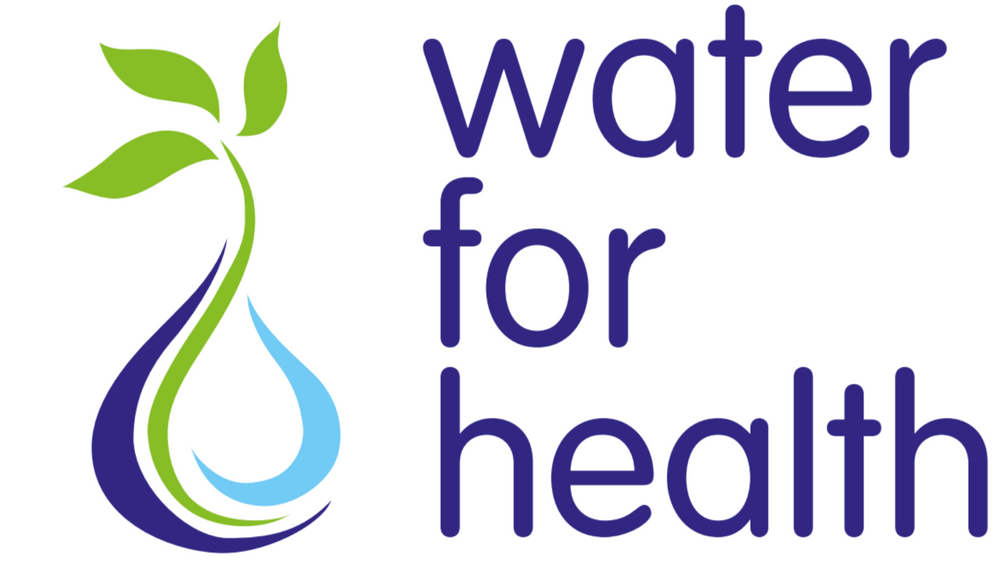




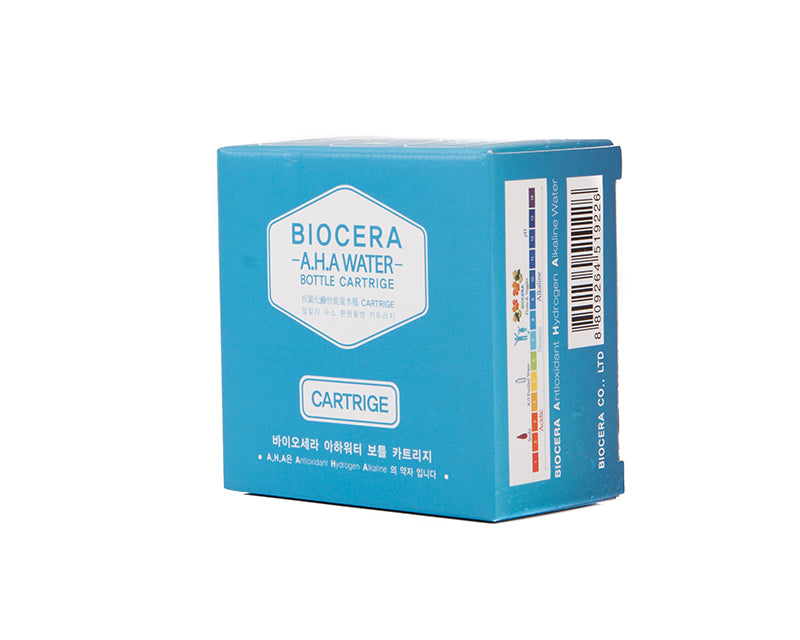


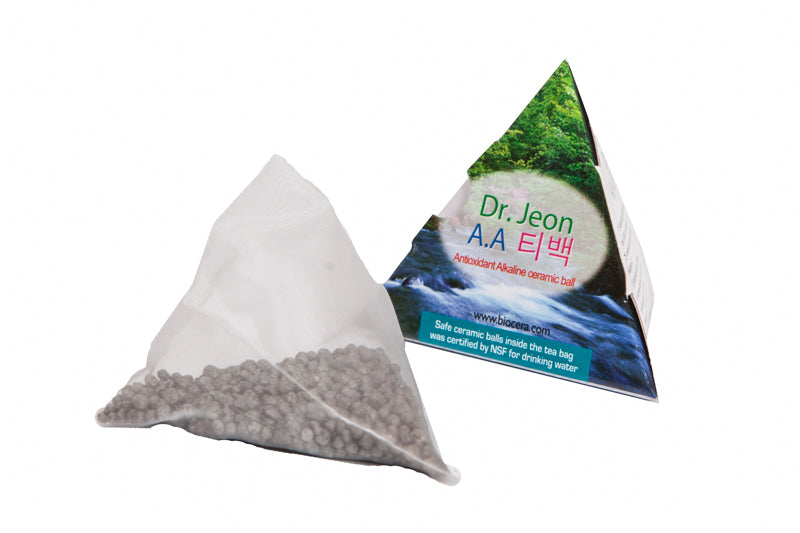



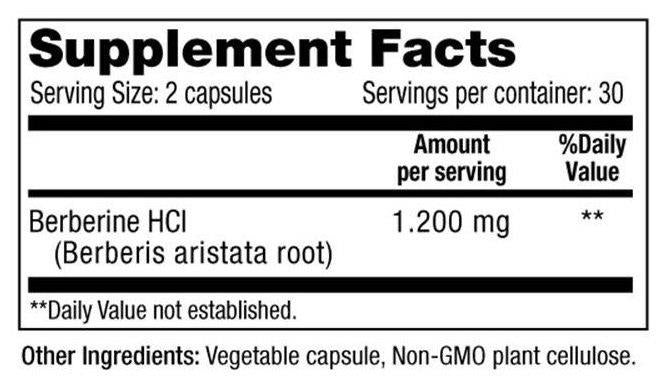

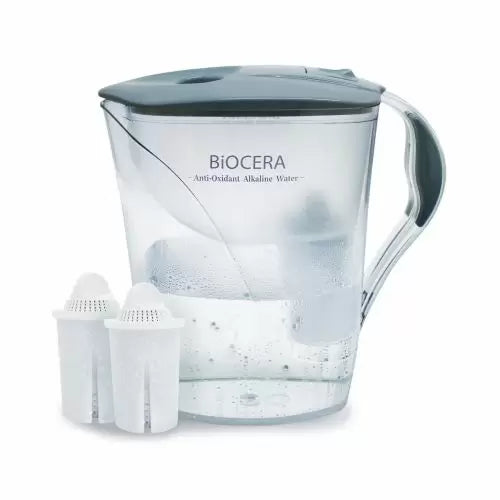


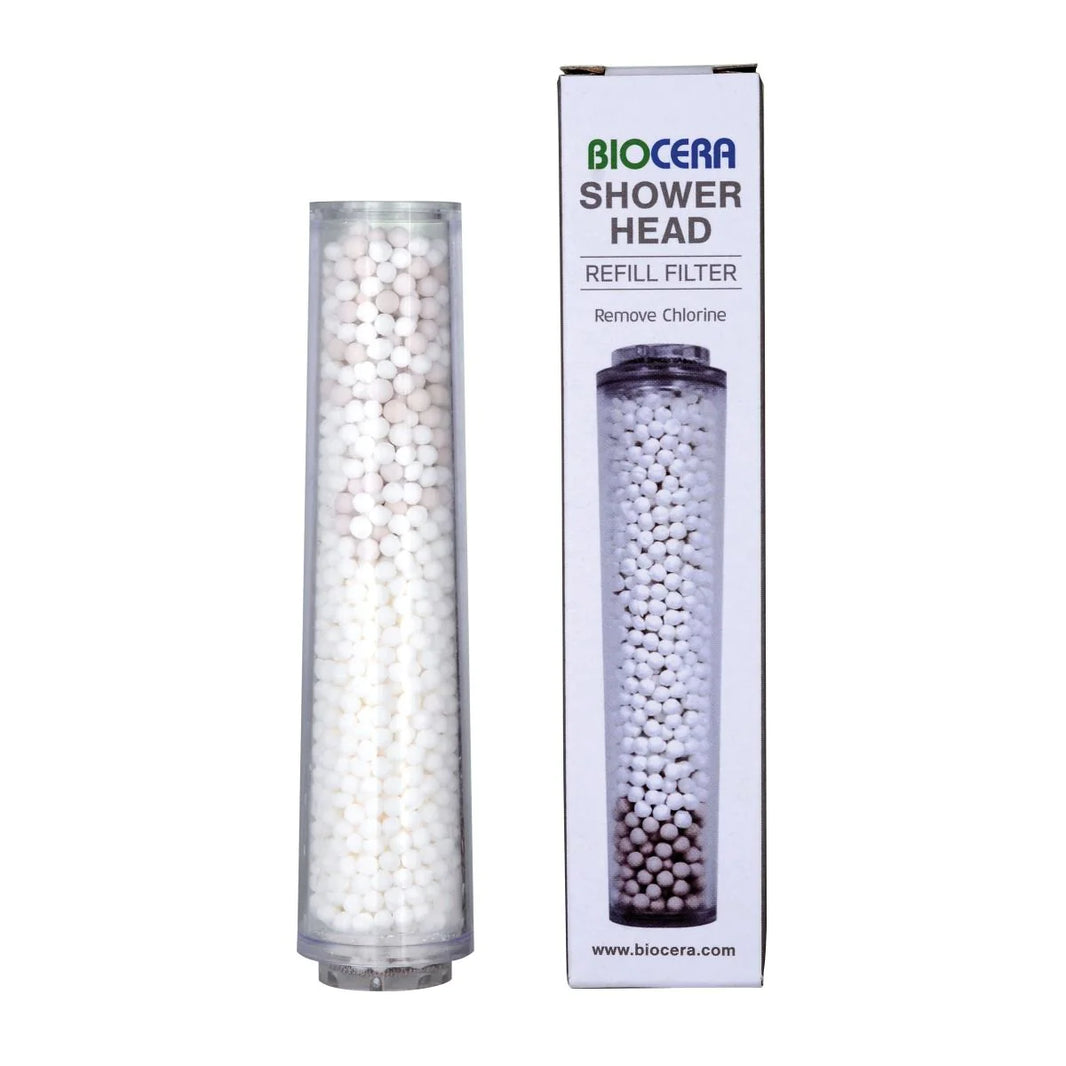









Leave a comment